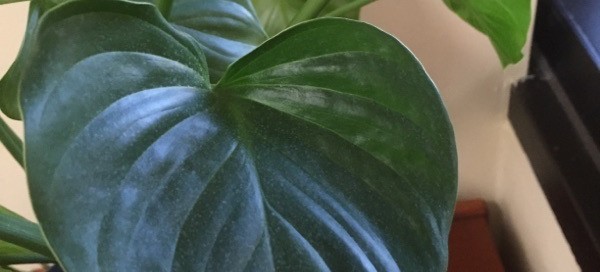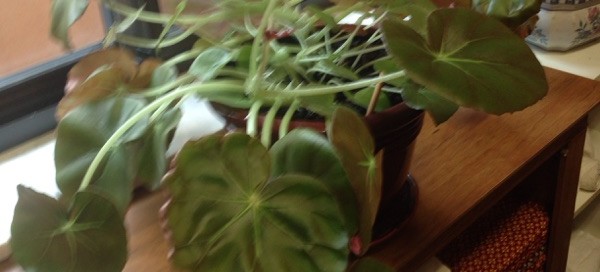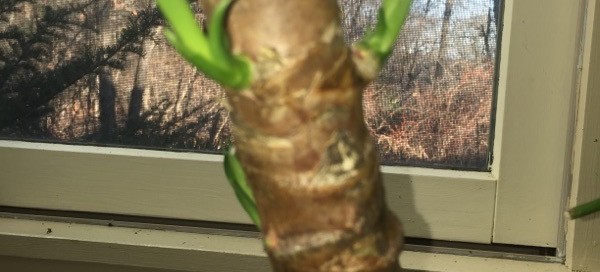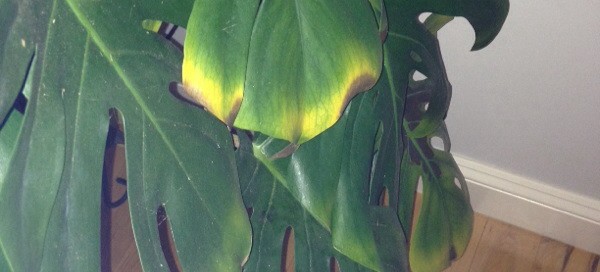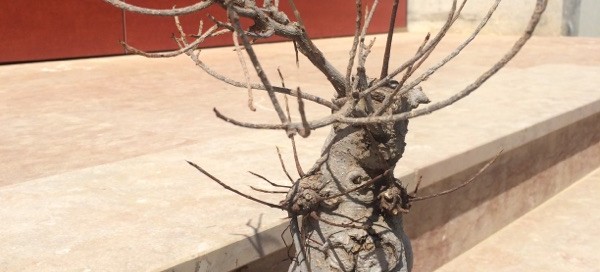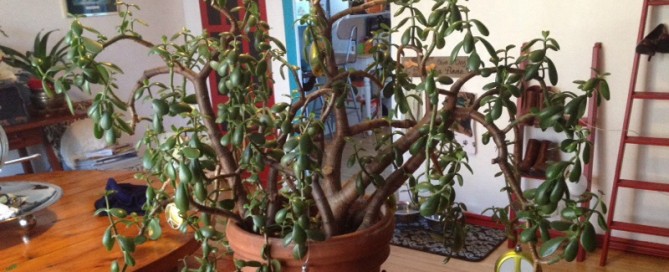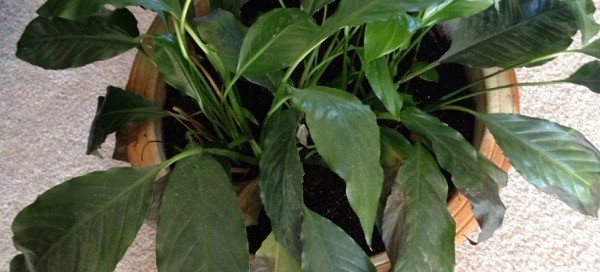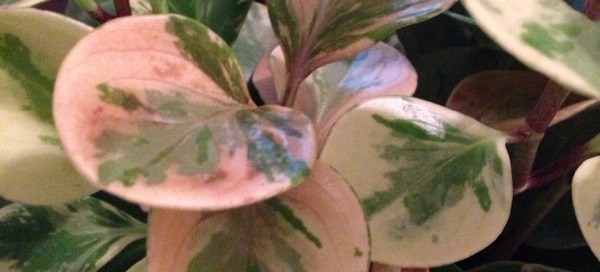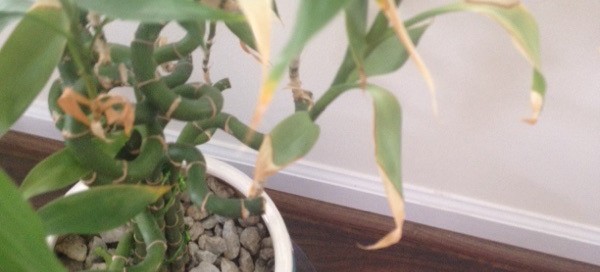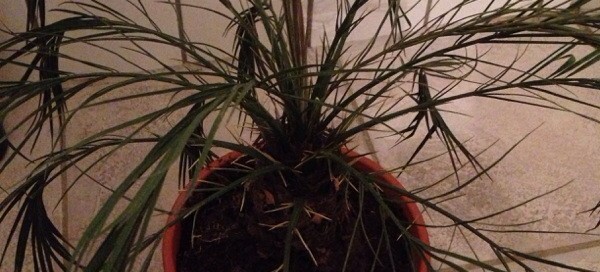Splitleaf Philodendron
This appears to be the juvenile foliage of the plant known as Split-leaf Philodendron. It is grown as a house plant most places, this survives outside in areas that are virtually frost free. In the wild, this epiphyte can grow 65 feet tall. Indoors provide bright, indirect light, regular water and feed with a slow-release fertilizer or organic food formulated for container houseplants. Do not allow plant to sit in water as this may lead to root rot. Give it something to lean against or brace itself on for the best display in a pot. It has aerial roots which can be trained onto a support or inserted in the soil. When roots begin coming out the bottom, it will need to be re-potted into the next size larger pot. By "next size larger" we mean a pot that is about two inches wider in diameter and deeper. Put it outside in the summer for best growth (in a sheltered spot!) but acclimate to higher light levels gradually or will sunburn.. The leaves begin heart shaped and split as they mature, but won't do so if it doesn't get enough light.
